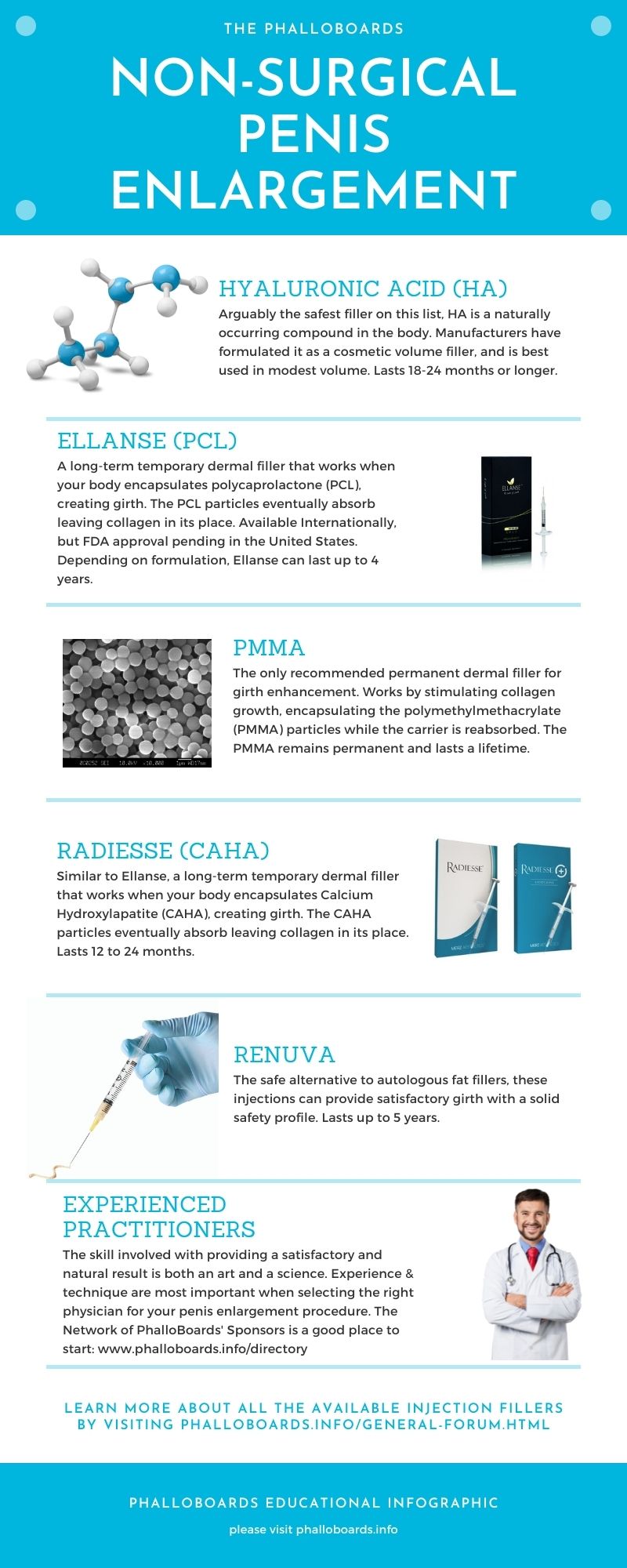What is a free fat transfer (FFT) procedure?
This is a common questions amongst individuals looking at phalloplasty and penis enhancement procedures. Please see 2 of our respected doctors answers below! To learn more or join in the conversation, please set up an account and participate in our forum!
Dr. Carney:
Surgically-speaking, a penile FFT is considered to be a fairly simple procedure. However, as you’ll soon discover it’s deceiving in that regard.
I regularly perform organ transplants in the hospital that are considered dangerous and overwhelming to some surgeons. I can tell you with assurance that an FFT penile procedure is far more challenging to achieve a successful transplant than most doctors and patients realize.
An FFT is a “transplant”, and like every other type of human transplant procedure, there’s a lot of places it can fail since we’re trying to move a living organism from one location to another. When a patient gets an FFT and ends up eventually “losing it all”, that simply means the transplanted tissue eventually died and was reabsorbed into the body as waste.
To succeed in this procedure, your doctor must get six points just right. Shortcomings with any aspect will affect the final outcome.
- The Right Patient: Not every man is a good candidate for an efficacious FFT. A patient has to possess the right proportion of height and weight. He needs to be fairly healthy as patients addicted to potato chips and comparable junk food usually have fat that won’t transplant with success. Significant obesity usually triggers a poor outcome. Men who’ve had a previous girth enhancing procedure utilizing a permanent man-made injectable like PMMA or Silikon are not good candidates for FFT unless that material is first removed since the injected agent blocks the tiny blood vessels in the penile shaft necessary to ensure the transplanted fat cells stay alive. Likewise, men beyond the age of sixty-five will almost never get a good result – regardless of overall health – as human fat rapidly degrades to a more viscous state after a certain age. Such fat tissue simply won’t survive a transplant. Finally, this is a surgical procedure that requires mild anesthesia. If a patient has health contra’s for anesthesia, this procedure won’t be a viable option.
- The Right Harvest: Improper attention to delicateness during the adipose tissue harvest is another source of failure. The fat cells must be extracted in a quantity that will provide a size increase worthy of a surgical investment AND they must be kept flourishing during that substantial withdrawal. Fat cells are rather fragile and although damaged cells can be transplanted, few will survive over the long term in such cases. Exactly “where” the tissue harvest occurs is another source for disappointing results. You can’t extract fat from just any location and expect it to succeed as there are variations in the quality of fat tissue in different parts of the human body. Likewise, some fat material has characteristics more akin to subcutaneous penile tissue compared to other more pliable fat that can leave patients with a distinguished “squishy” outer finish.
- The Proper Treating of the Fat: Once harvested, the fat must be reconstituted in a manner that will make it suitable for subsequent reimplantation. We use an FDA cleared fat transplant filtration system to optimize purity, but I credit Dr. Morganstern and his many years refining these procedures with developing a novel shaping technology that optimizes the reimplantation procedure. Again, during this particular process within the treatment is yet another incidence where the fat cells can become damaged and/or die.
- The Fat Injection & Placement: Finally, the harvested fat tissue gets transplanted into the penis. The most common mistake I’ve seen in this aspect of FFT is with doctors using the wrong needle for a particular patient. There’s no such thing as a “one size fits all” in any aspect of phalloplasty. Also, there’s an art form to the distribution technique that when poorly executed usually results in unevenness or lumps within the shaft several months down the line. Another common error is when the surgeon attempts to add too much fat into a singular procedure. We understand most men want the biggest possible outcome in a singular procedure but if you add too much at once, it increases the likelihood you’ll eventually end up relinquishing almost all of the transplant. One other mistake I’ve seen is where the doctor agrees to perform too many congruent procedures along with an FFT. Certain procedures are notorious for triggering excessive hematoma which prolongs any healing process. Living tissue transplants stand little chance of long-term viability if the time window for healing is overextended.
- Survive the 72-hour “Tissue Vulnerability” Window: Assuming everything I just discussed was performed to perfection, the number one reason most fat tissue transplants will fail to live up to expectation is because of a 72-hour post-transplant assimilation period. For about three days after post-procedure, the transplanted cells will be unable to access any life-essential blood supply. Some of the cells will almost always die during this nutrient-starving phase. We pre-treat the penis before each procedure with a patented device that Dr. Morganstern developed that triggers endothelial cell production for healing penile trauma / Peyronie’s disease. We found this technology bridges the lack of blood flow nutrients immediately following surgery to a level that minimizes the loss of viable fat cells.
- Following Prescribed Aftercare: Given the delicateness of the vulnerable cells during transplant and variations in how quickly healing occurs between one individual and another, it’s crucial to follow any prescribed aftercare program indicated by your surgeon to ensure long term success. Regardless of how capable your surgeon and how well your particular transplant procedure came out, it can fail quickly if you don’t follow recommended post-operative care.

